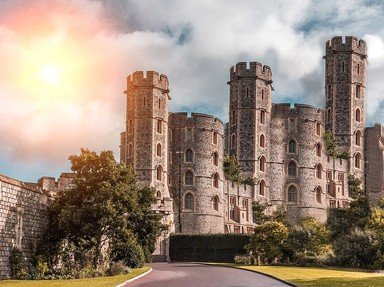Quiz Answer Key and Fun Facts
1. Edinburgh Castle is one of the most visited attractions in Scotland, and is an iconic site, perched on a volcanic rock in the middle of the city. The castle contains many buildings within its walls, but which of these buildings does NOT form part of the castle, but is situated instead in another part of Edinburgh?
2. Blackness Castle, which is located to the west of Edinburgh, stands on the banks of which river?
3. Loch Leven Castle is situated on an island in the middle of Loch Leven, near Kinross, and consists of a keep and a tower, as well as sundry outbuildings. The castle was used a prison from the fourteenth century, and one of its prisoners was which queen who was held there between 1567 and 1568, twenty years before her execution?
4. St Andrews Castle is in a peaceful position today, but during the 16th century it was a site of a lot of religious persecution. Which cardinal was murdered in the castle in 1546?
5. Edzell Castle is located in Angus, near the town of Brechin. Which of these features does Edzell Castle have, which is relatively unusual for a Scottish castle?
6. Dunnottar Castle is situated on a cliff top near Stonehaven in Aberdeenshire. Which items, used in the crowning of monarchs, were hidden there in 1651?
7. Muness Castle isn't the largest or the grandest castle in Scotland, but it is interesting as it is the most northerly castle in the British Isles, and it is situated in a rather wild and beautiful location. On which island is this castle?
8. Which Scottish castle would you need to visit if you wanted to hunt for the Loch Ness monster?
9. Doune Castle, which is located near Stirling, has starred in a number of films partly because it still looks like a proper castle is meant to look like. Which of these British comedic films was filmed extensively in the castle?
10. Stirling Castle is one of the most impressive castles in Scotland, after Edinburgh Castle, so it is perhaps fitting that my tour ends here. The castle has been the home since the early 21st century of replicas of which tapestries, which have been especially woven for which purpose?
Source: Author
LauraMcC
This quiz was reviewed by FunTrivia editor
trident before going online.
Any errors found in FunTrivia content are routinely corrected through our feedback system.

